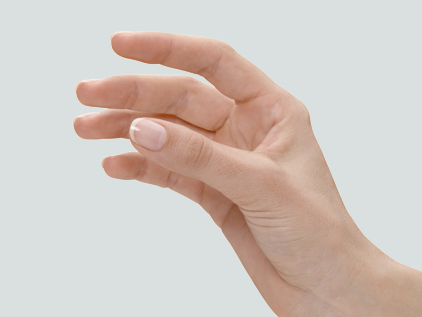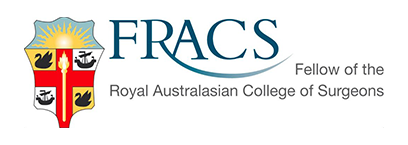Our hands take on a lot of day-to-day tasks, so when their mobility is restricted it can cause a number of problems. If you are experiencing issues with your hands or wrists, don’t suffer in silence. Our range of procedures can provide life changing relief from symptoms and help you move forward with confidence.
Thumb arthritis is caused by ongoing damage and wearing away of the cartilage at the base of the thumb joint. Without this protective layer, the bones of the thumb will rub against each other and cause chronic pain, decreased mobility and swelling, and can make some daily activities almost impossible in severe cases.
A number of surgical procedures are available to provide relief from this condition. Typical treatment options consist of:
Conservative management – through the use of behavior modification, splinting, steroid injections and analgesia to achieve comfort.
Joint de-innervation – The complex serious of pain fibers to the joint are surgically cut to prevent the sensation of pain from reaching the brain. This removes the pain, but does not treat the underlying condition and is only successful in approximately 60% of cases.
Joint replacement – This is a specialty area of Dr Stewarts and he has been performing joint replacement surgery for the base of thumb for the last 11 years. Dr Stewart has more experience in joint replacement in this area than any other surgeon in Perth.
Trapeziectomy – This is the classic “Gold Standard” approach to treating base of thumb pain and certainly achieves good painfree results in the long term.
Why people choose base of thumb arthritis surgery:


Dr Stewart has trained internationally to offer you the latest and best techniques in managing base thumb arthritis. Many pathways are available to you, including joint replacement, tailored to your specific needs and circumstances.
To book an appointment or to find out more, contact our team today
Affiliations




The hands are highly pain-sensitive, and pain may be severe enough to require analgesics after your thumb arthritis surgery. To reduce movements and allow the repairs to hold firmly, you may need to wear a splint. Rehabilitation is also necessary to achieve maximal use of your hands after the procedure.
Success rates depend on the type of deformity, and complete recovery may take months to years.